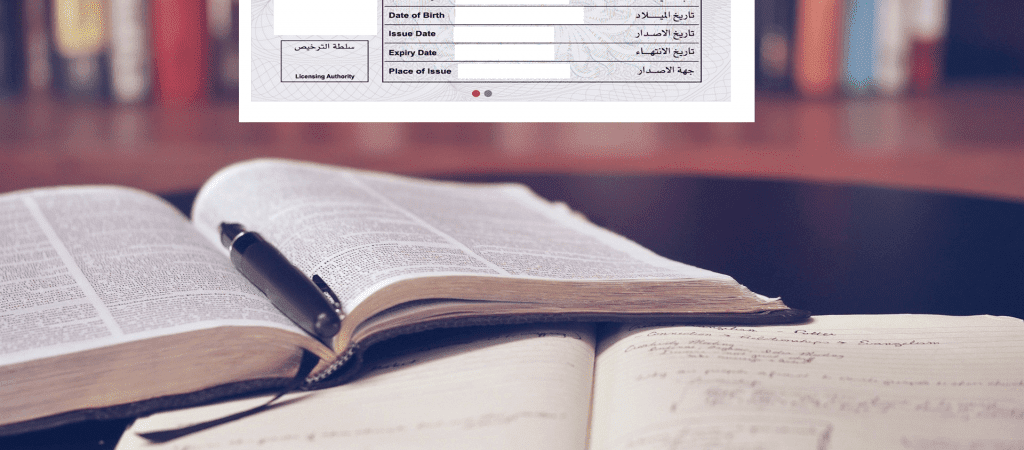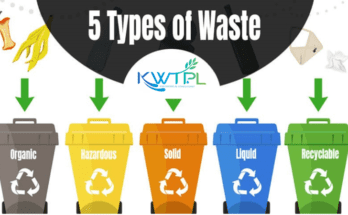Have you ever found yourself in a situation where you had to navigate through a foreign country’s bureaucratic processes? Well, that’s exactly what happened to me when I moved to the Middle East. As an expat, one of the first tasks on my to-do list was to obtain a license. Little did I know this simple task would turn into a confusing and frustrating adventure of navigating through driving license Arabic translation. Join me in acknowledging the complexity as I share my experience of going from confusion to clarity in this process.
Realize the Necessity of Driving License Arabic Translation
Upon settling into my new life in the Middle East, it became immediately clear that to independently navigate my daily routine, I would need a local license. However, the catch was that my existing license wasn’t in Arabic.
The Driving License Arabic Translation by local authorities is an official license translation, adhering to specific formatting and linguistic nuances to ensure it meets all legal standards. This realization hit me like a ton of bricks – the task ahead wasn’t just about translation! It was about finding a way to bridge my old life with my new one, culturally and bureaucratically. Then I have some more questions in my mind:
1. What is License Translation?
License translation is the process of accurately converting the information on your license from one language to another. All the details must be correctly translated by certified translators who are proficient in both the source and target languages to ensure that this process is performed:
- Name
- Date of Birth
- License Number
- Restrictions
For expatriates, this step is crucial for making your original driving license comprehensible to local authorities and institutions in the new country, allowing you to legally drive on foreign roads according to the host country’s regulations.
2. What is the Translation Rights Agreement?
A translation rights agreement is a formal document that authorizes a translator or a translation company to convert a text from one language to another. In the context of a license, it might involve permissions from issuing authorities or copyright holders. They ensure that the translation process does not infringe on proprietary or legal standards.
This agreement typically outlines the scope of the translation, the rights and responsibilities of both parties and any specific legal considerations that need to be adhered to during the translation process. It’s a crucial step to guarantee that the translation is legally sound and universally accepted.
Journey of Translation
Let’s read my through journey the translation process. How I choose service and which benefits I achieve with translated license.
1. Diving into the Depths of Bureaucracy
Embarking on this journey, I braced myself for a tangle of bureaucratic procedures. I was introduced to an intricate web of regulations and requirements during the process of getting my license translated into Arabic. Each step, from obtaining the necessary documents to ensuring they met the stringent guidelines, felt like navigating a maze designed to test my patience.
Bureaucratic hurdles, such as unclear guidelines and extensive paperwork, can add layers of confusion and delay to the translation process. The complexity of adhering to local laws while understanding the cultural nuances behind them presented a unique challenge. My bureaucratic adventure taught me the importance of attention to detail and patience in achieving my goal.
2. Choosing the Right Partner for Translation
Finding the ideal translation partner was pivotal. I searched for certified translators who specialized in license translation, with a keen understanding of local regulations. Recommendations from fellow expats and online reviews guided my choice.
I opted for a translator who not only had experience but also demonstrated flexibility and responsiveness to my queries. I ensured that this step was essential for smoothly facilitating my transition into the local driving ecosystem and having my translated license accepted without issues. Engaging in a reliable service early on was a game-changer in my bureaucratic adventure.
3. The Translation Process Unveiled
The translation process began with a meticulous evaluation of my original license by the certified translator that I had chosen. Identify all vital information for accurate Arabic translation, including personal details and specific legal terminology associated with driving permissions.
The translator then embarked on the intricate task of conversion, ensuring every word and phrase adhered to official and cultural standards. Throughout this phase, I received updates and clarifications, ensuring the translation mirrored the original document’s intent and meaning, resulting in a legally sound representation of my driving qualifications.
We submitted the translated license version for official approval once we completed the translation. This phase required a strategic approach, as dealing with local governmental institutions involved navigating a complex web of procedures and paperwork.
I made sure all forms were meticulously filled out and the translated document was submitted along with them to the designated authorities. Each interaction was an opportunity to learn more about the local administrative culture, and patience was key.
5. The Moment of Triumph
The feeling of it being officially approved for my translated driving permit was surreal. Standing in the governmental office, holding the document that was my ticket to freedom on the roads of my new home, was a significant milestone.
It symbolized not just the ability to drive but the culmination of overcoming bureaucratic hurdles and cultural barriers. This achievement marked a clear victory in my journey as adaptation and integration, showcasing that with perseverance and the right support, navigating foreign processes can lead to success.
As I embarked on my journey to the Middle East, the excitement of exploring a new culture and environment filled me with anticipation. Having a translated license was essential for unlocking the freedom of the open road in my new home in a world where language can be a barrier.
1. Legal Compliance
In many Arabic-speaking countries, it is a legal requirement to have a translated license for non-Arabic drivers. Having it ensures you comply with local regulations, avoiding potential fines or legal issues.
2. Ease of Communication
It makes easier to communicate with local authorities, law enforcement officers, and rental car agencies. It ensures they can quickly understand your driving qualifications and details.
3. Insurance Purposes
Some insurance companies may require a translated version of the license to provide coverage. In various situations where identification is required, it can be useful as an additional form. Especially when other recognized forms of ID are not available, it can serve this purpose.
4. Identification
It can serve as an additional form of identification, especially if you do not have other forms of ID that are recognized in the country. It can be useful in various situations where identification is required.
5. Convenience
Having a translated permit can make your daily life more convenient, as you can easily rent a car, drive legally, and navigate the roads without language barriers.
6. Cultural Understanding
Obtaining a translated permit demonstrates respect for the local language and culture. It shows your willingness to integrate into the local community and adapt to local customs.
7. Emergency Situations
In case of an emergency, having it can helpful as emergency responders understand your details and provide appropriate assistance if needed.
Overall, having a license in Arabic can enhance your driving experience and ensure you meet all legal requirements while driving in an Arab country.
Reflections and Advice for Fellow Travelers
Reflecting on my journey, the path to obtaining my license in Arabic translation was a lesson in patience, persistence, and the importance of thorough research. For fellow travellers embarking on a similar quest, my advice is to start early, seek recommendations from reputable Driving License Arabic Translation, and stay informed about local regulations.
Embrace the challenges as part of your expatriate adventure. Remember, the right preparation and partners can transform a potentially daunting task into a rewarding experience, opening the doors to new opportunities and freedoms in your host country.
Read More: The Magic of Driving License translation




